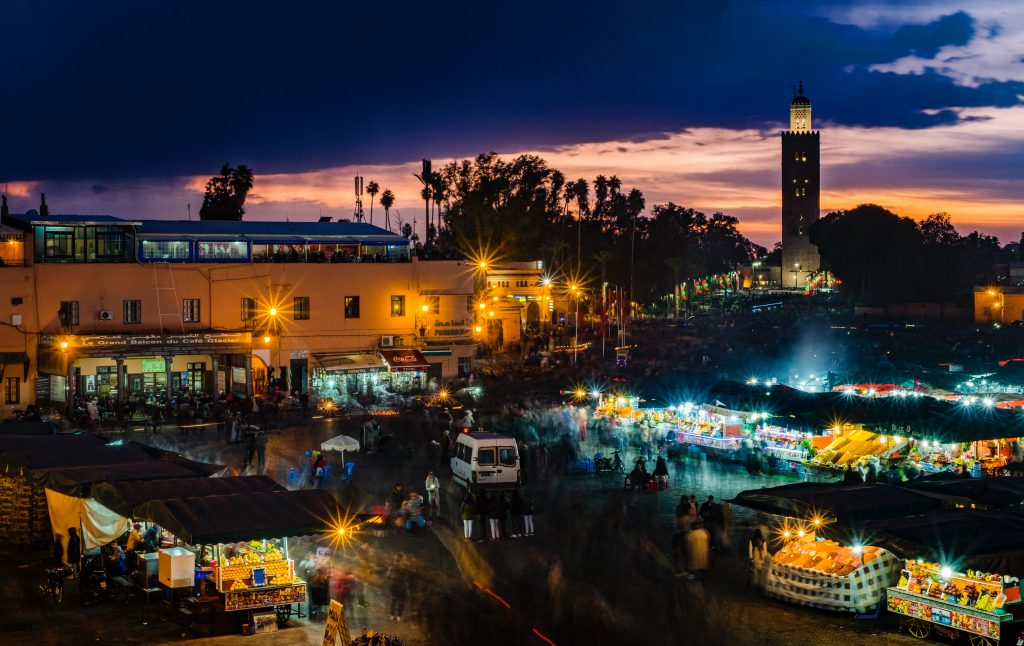Based on H1 2018 figures from STR, the leading provider of data and analytics for the global hotel industry, Marrakech has emerged as a standout performer among key African cities.
In the first half of 2018, Marrakech’s ADR (average daily rate) increased 40.7% to US$195. Despite this considerable rate growth, the market also recorded a 12.3% increase in occupancy. In terms of RevPAR (revenue per available room), a technical measure used by hotel investors and operators because it takes in to account how full a hotel is, Marrakech saw a 58.0% increase to US$124.
Thomas Emanuel, business development director for STR, said: “Due to its proximity to markets where security concerns have hindered tourism business, Morocco’s hotel performance has suffered in recent years. As consumer confidence is returning to several of these markets, Morocco’s leisure capital, Marrakech, has seen an increase in demand and hotel operators have managed to capitalise by driving rate growth.”
Another key African destination seeing notable growth is the Cairo & Giza market. In H1 2018, occupancy went up 10.1% while ADR went up 9.6%, reaching US$93.
In some other major African cities, the picture for hotels is less positive. In Cape Town, for example, occupancy dropped 10.8% compared with H1 2017. With the appreciation of the South African rand against the U.S. dollar, the market recorded a 3.0% decline in ADR in local currency, but a 5.4% increase when looked at in U.S. dollars, reaching US$151.
Occupancy and rates have also fallen in Nairobi and Dar Es Salaam. In Nairobi, occupancy dropped 0.6% while ADR fell 6.5% in U.S. dollars. Dar Es Salaam saw a sharper occupancy decline (-2.1%), but a less severe rate decline (-2.7%, in USD). Both markets recorded actual occupancy levels below 50% for the first half of the year, with Nairobi operating at 49.3% and Dar Es Salaam at 47.6%.
Recent increases in demand have driven occupancy growth as well as rate growth in local currencies for both Lagos and Addis Ababa, but looking in U.S. dollars the scenario is less positive. Lagos’ occupancy was up 10.3%, but its ADR dropped 7.6% in U.S. dollars. Meanwhile, Addis Ababa saw a 7.3% increase in occupancy, but an 11.6% decline in ADR in U.S. dollars.
This information and more evaluation of hotel investment across key African cities will be a subject of great debate at the African Hotel Investment Forum (AHIF) in Nairobi in October and at the Forum sur l’Investissement Hôtelier Africain (FIHA) in February in Marrakesh.
Matthew Weihs, Managing Director, Bench Events, which owns and runs AHIF and FIHA said: “This latest data from STR shows that the attractiveness of owning hotels in Africa is quite mixed when one looks back over the horizon of a single year. However, high spots like Marrakesh and the general trend in economic growth across the continent, which is improving from a low in 2016, should enable hotel owners to feel genuine optimism in the medium to long term.”


